Thirty Six Views of the Emerald City




















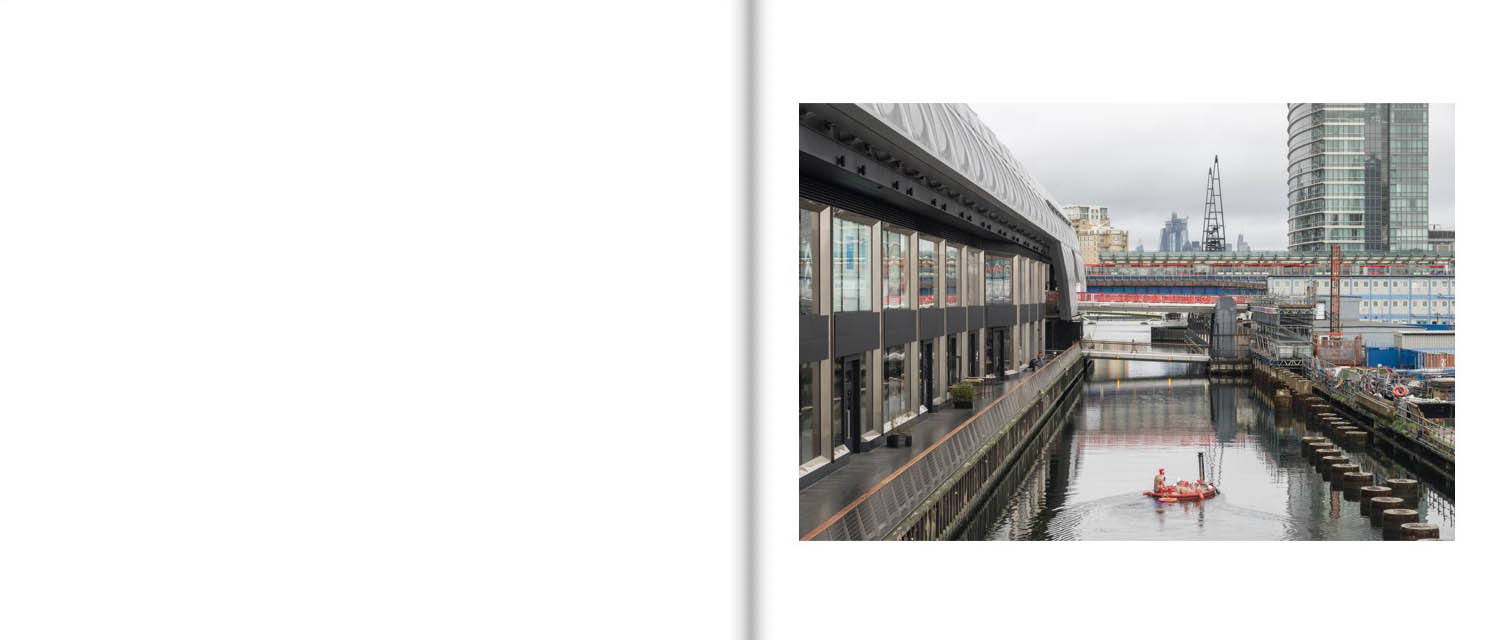
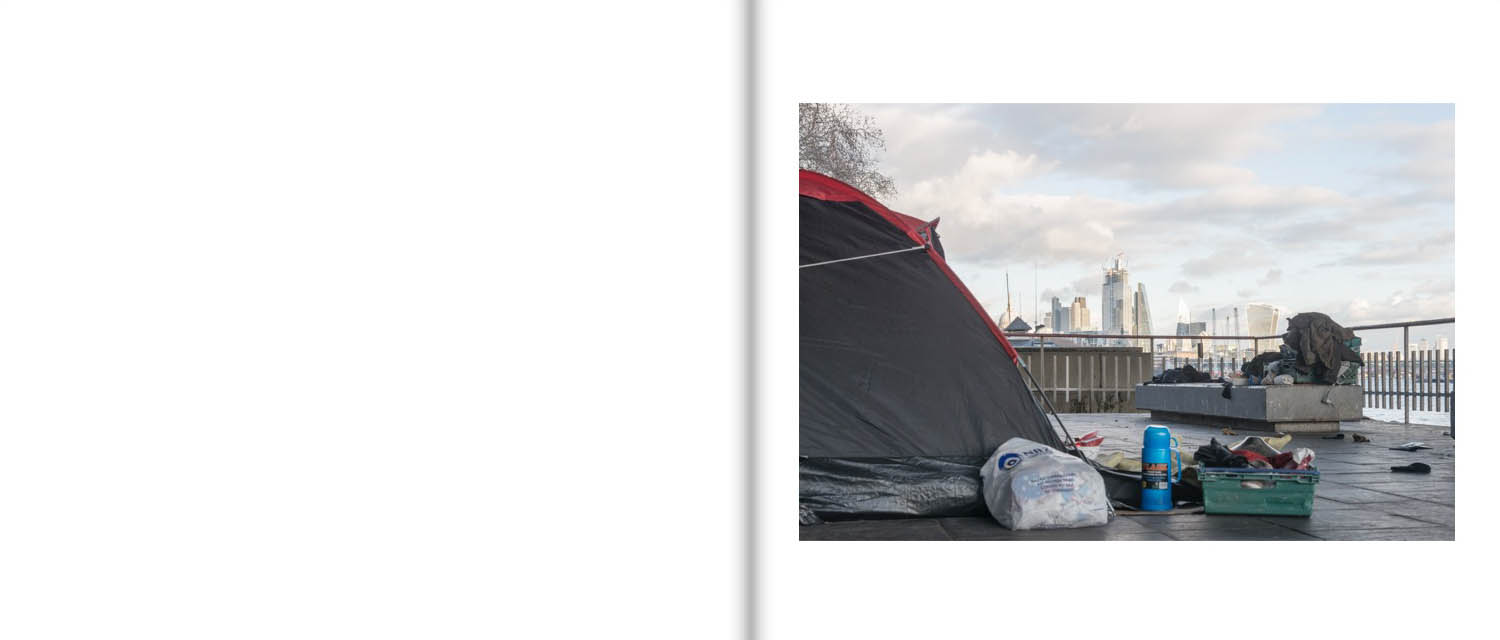




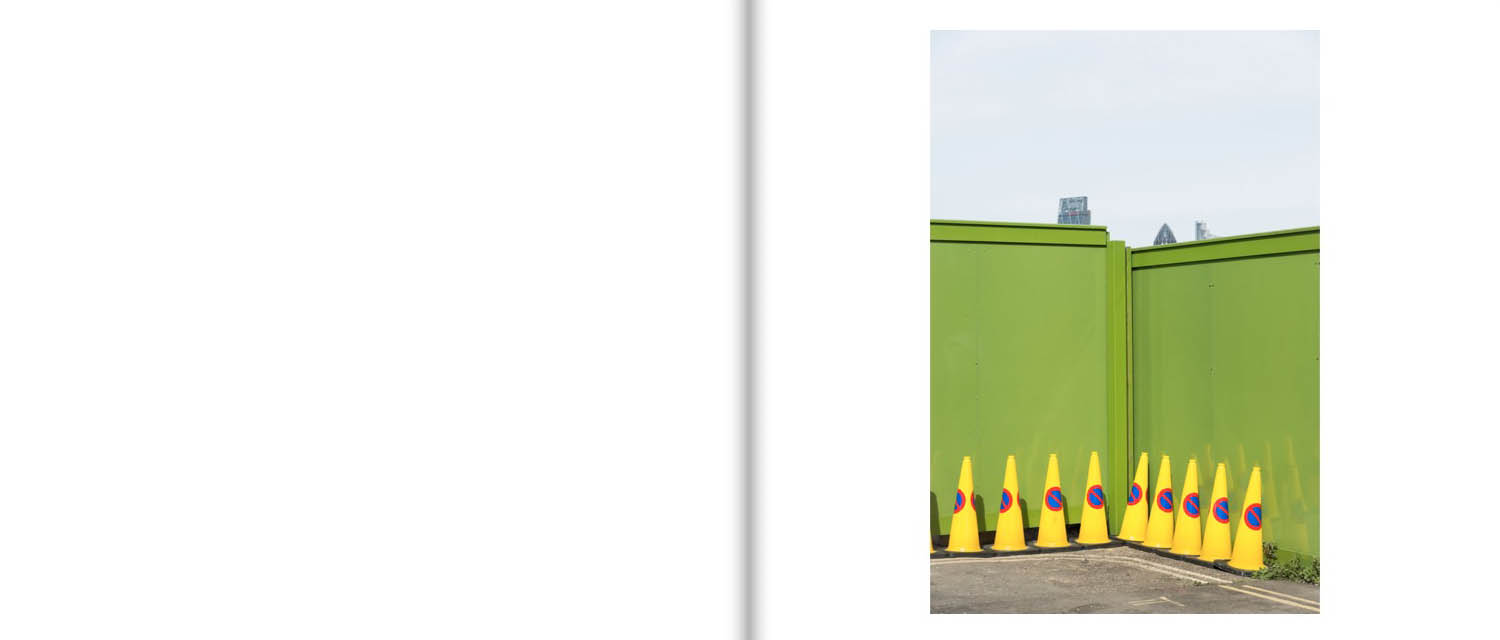

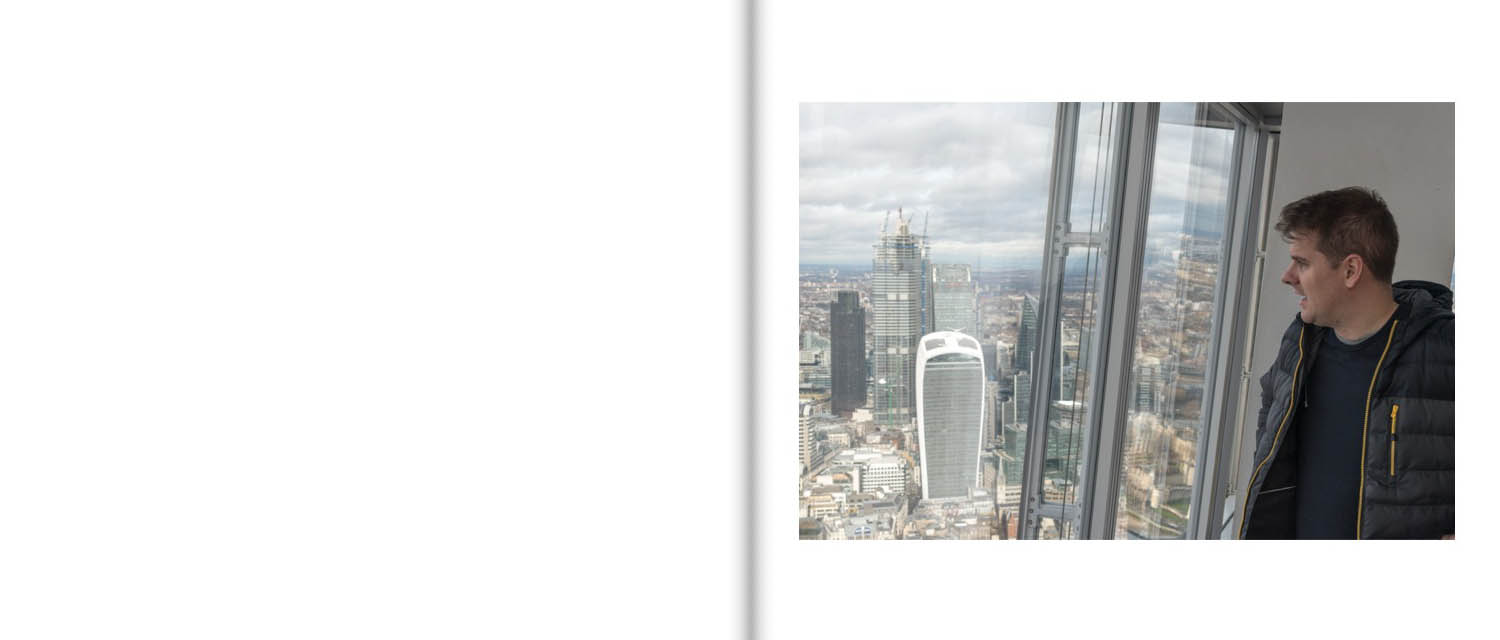




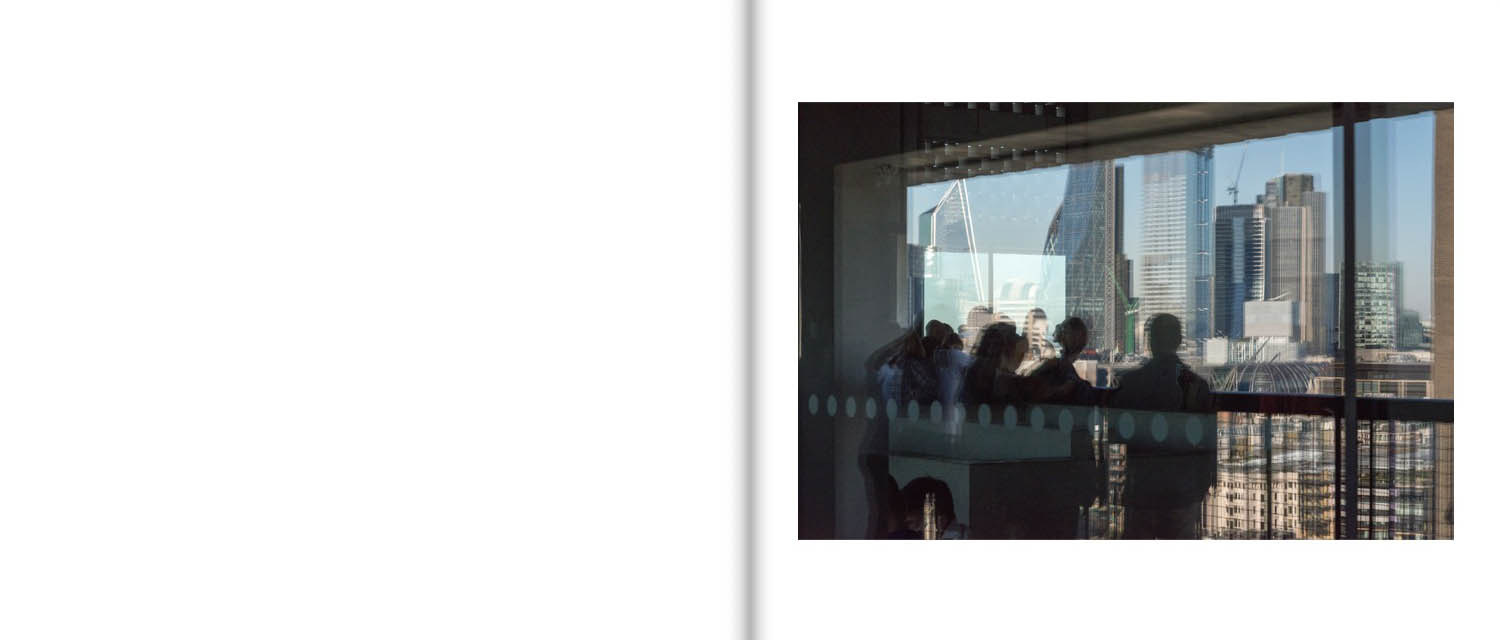
Dimensions: w: 42cm, h: 30cm
Photographs (47): 2010–2018
Book: 2019
‘Just to amuse myself, and keep the good people busy, I ordered them to build this City, and my Palace; and they did it all willingly and well. Then I thought, as the country was so green and beautiful, I would call it the Emerald City, and to make the name fit better I put green spectacles on all the people, so that everything they saw was green.’
‘But isn’t everything here green?’ asked Dorothy.
‘No more than in any other city,’ replied Oz; ‘but when you ‘wear green spectacles, why of course everything you see looks green to you…’
(The Wizard of Oz, Frank L. Baum p.137–138, Puffin Classics)
........................................
“Omnipresent, a symbol of eternity and mutability, Mount Fuji rises majestically into the sky, its peak whitened by everlasting snows. Its austere silhouette dominates the panorama, the pine forests that blanket its slopes, and the usual commotion of everyday life.”
(The Thirty-Six Views of Mount Fuji, Or the Cult of the Sacred Mountain’, p8-9, Jocelyn Bouquillard, ‘Hokusai’s Mount Fuji’, 2007)
........................................
The title of this work references Hokusai’s 36 Views of Mount Fuji (1830-32) and Frank L. Baum’s The Wonderful Wizard of Oz (1900).
Hokusai’s series of woodblock prints celebrated Mount Fuji’s beauty and immutability. My work establishes a critical parallel between this perception of the natural world and the perceived inevitability of capitalism as expressed in its architecture, specifically the towers of the City of London, Canary Wharf and the Shard. Baum’s book is in part a satire on capitalism, illustrated most acutely by Dorothy and her companions who were compelled to wear green tinted glasses on entering Oz’s Emerald City.
As symbols of capitalism, London’s towers often appear like mirages on the horizon. They are seen and unseen, accepted and ignored. 36 Views questions this state of affairs by pictorially reiterating their presence from a range of perspectives.
The privileged status of the financial industries in the UK, accorded by successive governments, has recently begun to be questioned. Their role in national wealth creation is being more closely analysed and revealed to be an active drain on resources and expertise (for example, The finance curse: how the outsized power of the City of London makes Britain poorer, Nicholas Shaxson, The Guardian, 5 October 2018.)
I was inspired to begin the series when I took what is now the first photograph in the book at Thamesmead, along the Thames estuary. This became talismanic as an image that captured the metaphorical distance between the financial districts and the rest of London. I moved to Whitechapel last year and the City towers are now visible from my kitchen window. This daily view encouraged me to explore the theme further and I have roamed London seeking their presence, from the Isle of Dogs and Canning Town to the Embankment and the Channelsea River.
Reflecting Hokusai’s subsequent publication of ten additional Fuji prints, the project concludes with a coda of ten photographs of people looking at London’s towers from viewing platforms including The Shard, The Sky Garden, Heron Tower and the Monument.

This work is licensed under a Creative Commons Attribution-NonCommercial-NoDerivatives 4.0 International License.